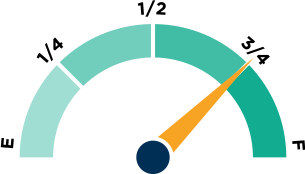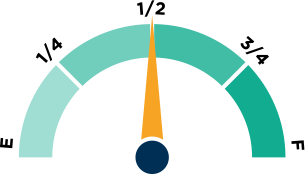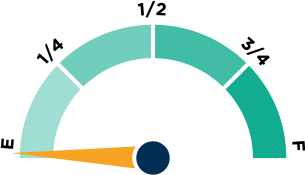Georgia
Rank
Georgia, at 23rd with a C-, brims with potential. The Peach State’s growing suite of learning options offers families a taste of freedom, signaling a promising shift toward parent-driven education.
Charter schools are treated more equitably than in years past thanks to legislative and advocates' efforts to ensure the innovative public schools have less struggles to serve the majority disadvantaged populations they serve. Kudos as well to Governor Brian...
Georgia’s Department of Education prioritizes mastery-based learning through Student Growth Objectives and content mastery. Accessible dual enrollment and Career, Technical, and Agricultural Education (CTAE) programs offer industry certifications and College...

Governor Brian Kemp signed the Georgia Promise Scholarship Act into law. It was a long drawn out battle but the Governor stayed firm to his commitment of expanding opportunities to the families of the state and was able to deliver on a commitment he made at...
Even with a new ESA, and expansion of existing choice options in 2023 Georgia's choice scores in 2024 remain roughly on par with the last ranking, at least until the program's reach is equitable enough to spur real change.
Even as innovation surges nationwide, high-spending states like California, New York, and Oregon still limit families' options, showing that dollars alone don't guarantee education freedom.

Locating school report cards on Georgia’s Department of Education homepage is difficult and not intuitive. The report cards can be located under the “Data and Reporting → Governor’s Office of Student Achievement'' tab, which takes the viewer to an external...

One of many data points to assess whether a state has the right policies in place to ensure teacher quality is the "use of student achievement data in teacher preparation accountability." How empty or full the fuel tank above is will give you the answer for your state.

"The Georgia Constitution contains a Blaine Amendment, but it also contains an education provision ...that explicitly authorizes the General Assembly to provide grants and scholarships to students and parents for educational purposes, such as those of voucher...